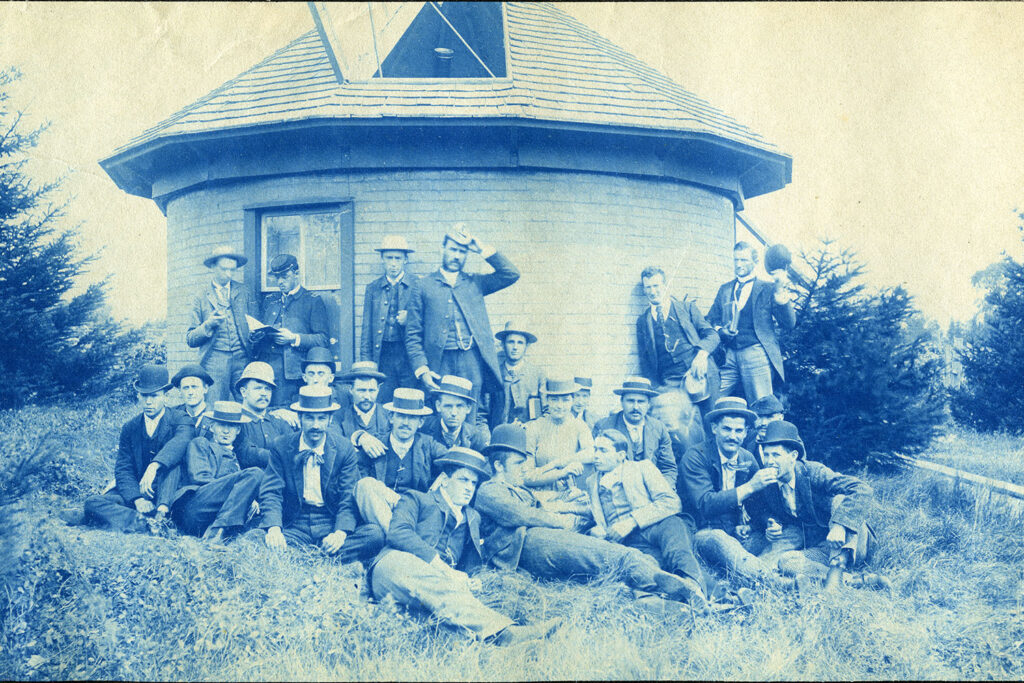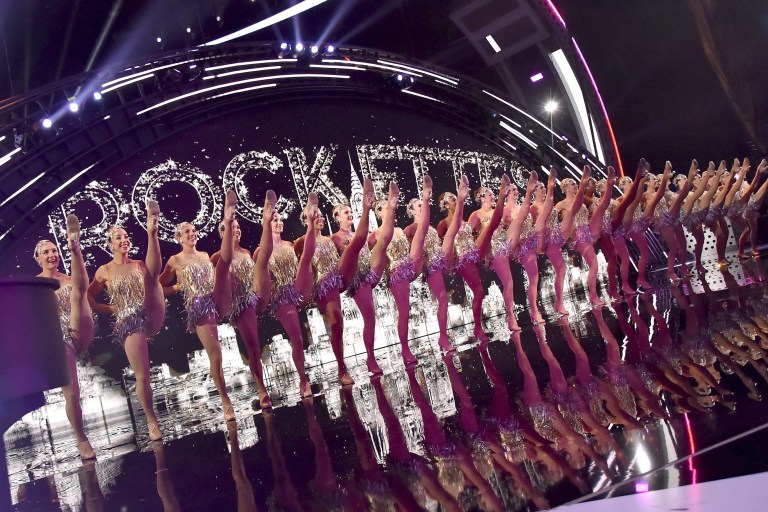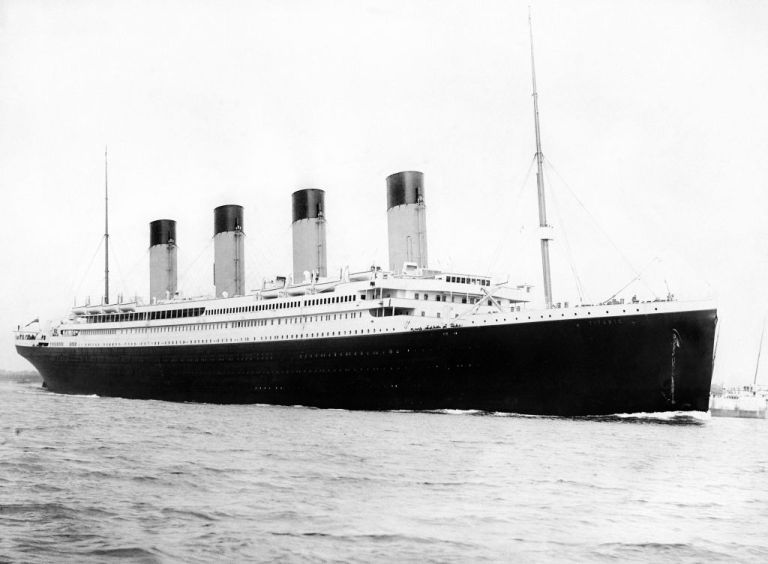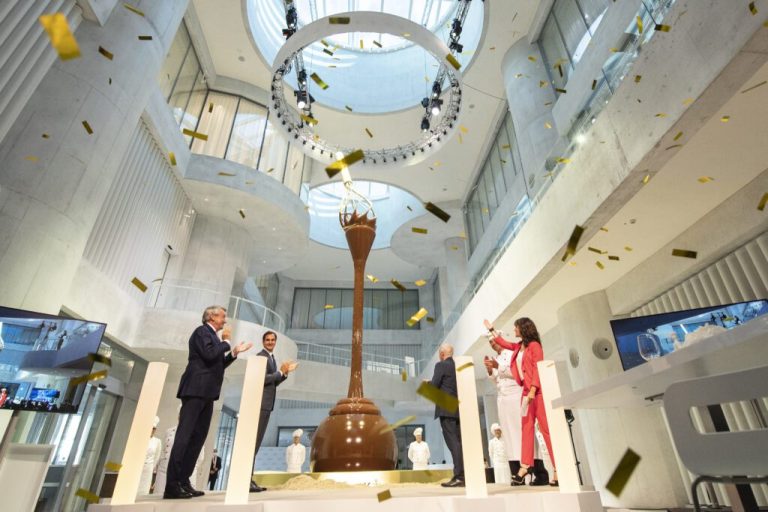Students at Michigan State University have gotten a unique opportunity to glance into their school’s past after workers came upon the foundation of a 19th century observatory. They called MSU’s Campus Archaeology Program to investigate, and the students in the program were able to unearth remnants of the campus’s first observatory, constructed in 1881.
“It gives us a sense of what early campus looked like in the late 19th century,” Ben Akey, a Michigan State campus archaeologist and anthropology doctoral student, said in a press release. “The original campus observatory was built and used at a time when Michigan Agricultural College — what would become MSU — was a radically different institution with only a handful of professors and a relatively small student body.”
One of those professors was Rolla Carpenter, who graduated from what was then Michigan State Agricultural College in 1873. He returned to teach a variety of courses, including math, French, civil engineering, and astronomy. For the latter, he would take students to the roof of a campus building to observe the cosmos.
“But he didn’t find it a sufficient solution for getting students experience in astronomical observation,” Akey explained. “When MSU acquired a telescope, Carpenter successfully argued for funding for a place to mount it: the first campus observatory.”
Over a century later, the university now has a more sophisticated setup, with a 24-inch reflecting telescope and a more modern observatory used for research as well as public events.
“It’s amazing to see how far we’ve come from a little 16-foot circular building to a large building with a high-quality telescope and an electric dome,” Levi Webb, an astrophysics and anthropology student who participated in the archaeological dig. “Seeing the difference between how observing used to be versus how it is now is very interesting to me and makes me appreciative of the observatory we have now.”
Next summer, the original observatory site will be the focus of an undergraduate archaeological field school “where students can enroll for credit and get experience excavating the foundation of the first observatory on campus,” per Stacey Camp, the director of the Campus Archaeology Program and an associate professor of anthropology.
“I love watching students connect with artifacts and try to tell a bigger story about humankind with those objects,” she added.











